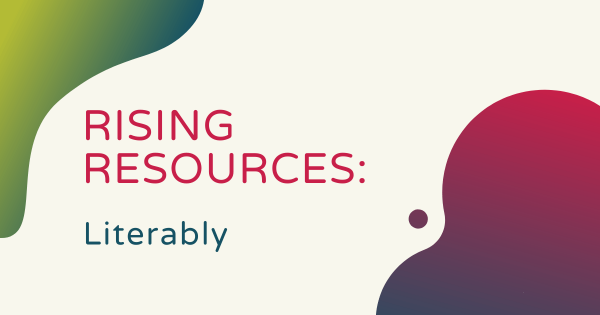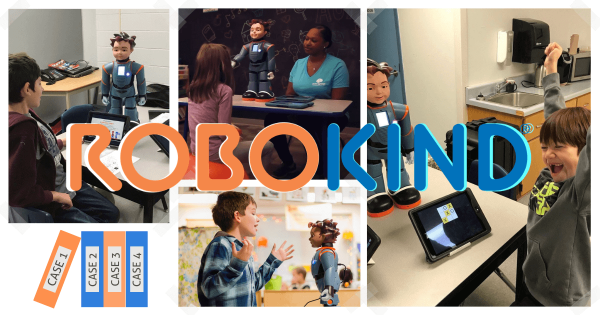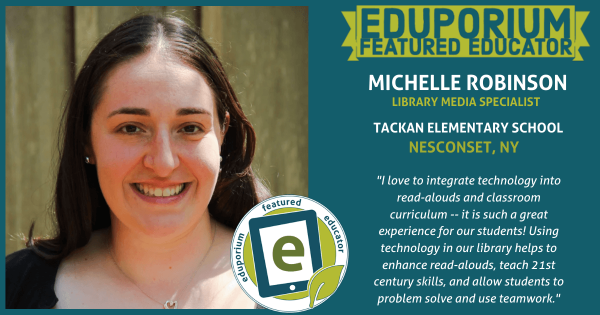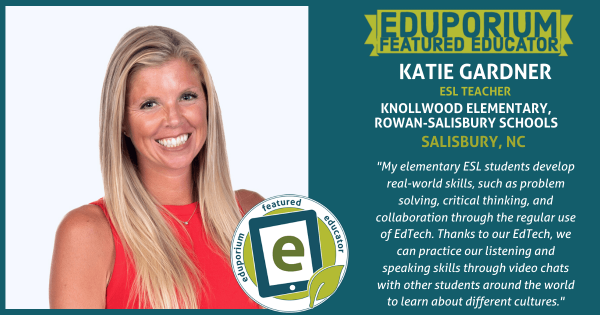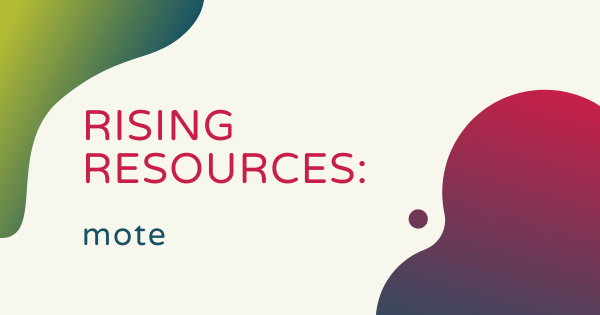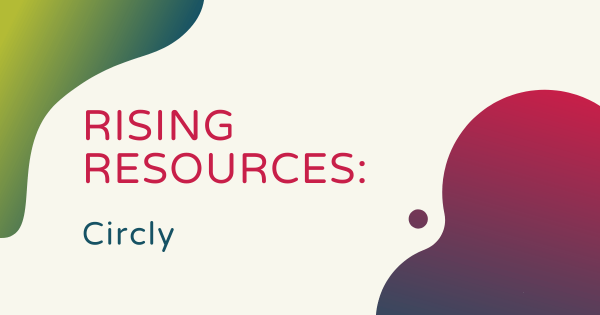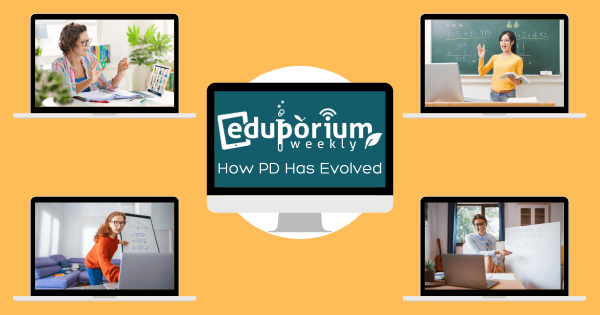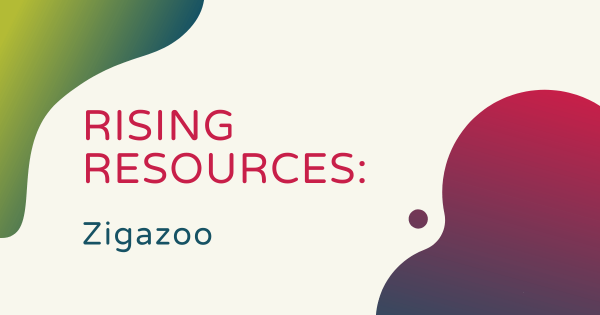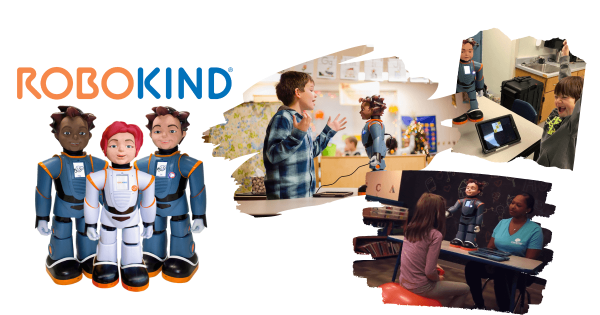For educators, there are a lot of different tech tools they can use. Some are geared towards math education, others towards teaching tech skills, and there are plenty of others for different areas of the curriculum. One of those areas is reading assessment. And, one of those tools for gauging an accurate picture of student reading skills is Literably.
EdTech
Educational technology has, of course, completely transformed how today's K-12 students learn. From basic 3D printers and virtual reality systems to simple coding robots and screen-free building tools, countless numbers of educators have been able to affect education for the better and help children develop transferrable skills for the real world. Since EdTech now covers so many areas, however, there often remains a lot for teachers to learn about and explore. Not every technology tool will impact your students in the same ways, nor will they enhance every single lesson. It's more about finding the right solutions for the right situations and building high-quality instruction from there. In this section, we cover everything from specific classroom STEM kits to insights on integrating EdTech tools in teaching. And, we'll continue adding new resources with thoughts on the many branches of the EdTech tree.
EdTech resources are constantly impacting student development and redefining how educators can engage them. Besides those hands-on technologies, digital tools and platforms also play a huge role in learning. From coding or artificial intelligence to social-emotional learning, the instant availability of EdTech resources generates many revolutionary opportunities all throughout the world of K-12 and higher education. When it comes down to it, however, equitable access to technology can be a complete game changer. With these opportunities, students can build the hard and soft skills to navigate our increasingly complex world. And, no matter how complex or simplistic EdTech activities are, they can help catalyze that development. We encourage you to browse the content below and reach out to our team with any questions.
-
How the RoboKind Robots for Autism and SEL Make an Impact
The line of RoboKind robots are unlike any others in the education world. Comprised of three facially-expressive humanoids, the RoboKind robots have helped provide support for countless students who learn differently. Each robot offers unique advantages and includes accompanying curriculum designed to open up communication and expression. -
Eduporium Featured Educator: Michelle Robinson
This month, we hear from Michelle Robinson, who’s a library media specialist at the Tackan Elementary School. Michelle has used a bunch of different types of technologies with elementary students in the library. Whether it’s tangible STEM tools or digital creation platforms, Michelle has done a lot to provide students with real-world opportunities. -
Eduporium Featured Educator: Katie Gardner
We’re excited to share our latest Eduporium Featured Educator interview! This month, we hear from Katie Gardner, who’s an elementary ESL teacher in the Rowan-Salisbury School System in North Carolina. Katie has found great benefits from integrating various types of technology in her instruction. She’s even tried using AR tools with her ESL students! -
Rising Resources | mote for Student Feedback
In the remote learning era, however, providing students with actionable feedback has become tougher. That’s how mote can help. A simple Chrome extension, mote empowers teachers to provide students with personalized feedback and save themselves a ton of time in the process. So, why is mote so efficient and great for 21st century education. -
VOTE for the STEAM Tools in Our Upcoming Webinars
Our webinars have been well attended so far starting with the Ozobot broadcast last December. We’re very grateful for the efforts of our partners and, now, we’re looking to expand these broadcasts. Head inside to cast your vote for what you want us to cover next as we work to expand our webinar series this spring. -
Rising Resources | Circly in Remote Learning
Circly is characterized as a visual organizer platform that helps create easier collaboration. It’s free and can help all students organize and visualize ideas or help educators collaborate and learn with peers. Learn why we chose to explore Circly in the latest installment of our Rising Resources blog. Keep reading to learn more about it! -
Eduporium Weekly | Remote Professional Development
For educators, the last year of instruction has been extremely tough physically and mentally. Not only was everything upended, they’ve had to learn new instructional techniques, deal with not seeing students, and try to jam everything in to short class meetings. That’s not all they’re dealing with, however. Read on for more on how PD has evolved. -
Rising Resources | Zigazoo for Smarter Screen Time
With Zigazoo, students can take pride in their learning by creating original content. Zigazoo serves as a response tool for them to create thoughtful responses to teacher-posed questions or challenges. Whether you’re discussing a historic event, teaching a new type of math, or simply in the mood to get student creativity flowing, Zigazoo can help. -
Robots4Autism + STEM: Milo, Veda, and Carver from RoboKind
Comprised of three different robots, Milo, Veda, and Carver, RoboKind’s solutions are designed to help students with learning differences meet their academic and social goals. Starting by empowering educators to help students foster social connections, these robots can ultimately be used to aid student emotional well-being and more.




